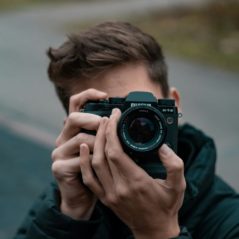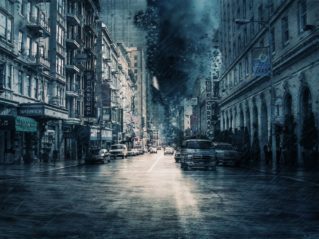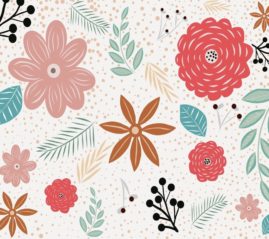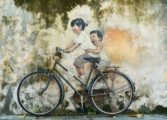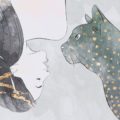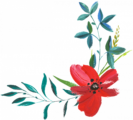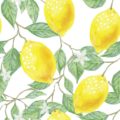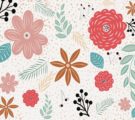Fashion Illustration: An In-depth Guide to the Art form
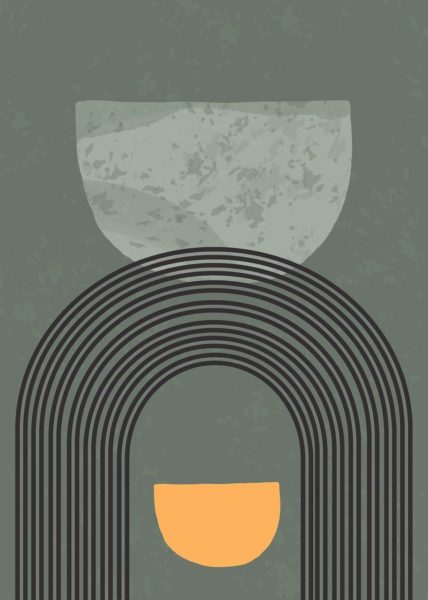
Fashion Illustration: A Comprehensive Introduction
Introduction:
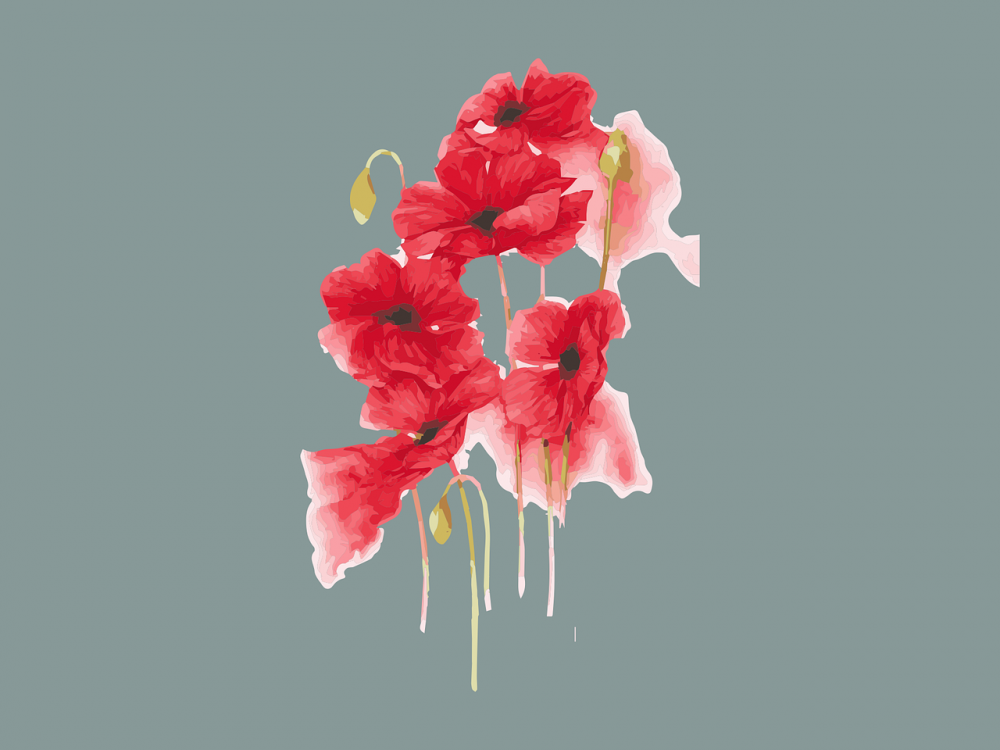
Fashion illustration is a form of visual representation that brings fashion ideas to life through art and creativity. It plays a crucial role in the fashion industry by communicating design concepts, showcasing garments, and capturing the essence of style. This article aims to delve into the fascinating world of fashion illustration, providing a thorough overview of its various aspects, popular types, quantitative measurements, distinctions, and historical perspectives.
Understanding Fashion Illustration
Fashion illustration refers to the artistic representation of clothing, accessories, and beauty trends. Artists employ various mediums like pencil, watercolors, digital software, and mixed media to create stunning visuals that showcase fashion concepts. These illustrations can range from quick sketches to detailed renderings, capturing the intricate details and aesthetics of the garments.
Popular Types of Fashion Illustration:
1. Sketches: Quick, gestural drawings that capture the essence of a fashion design. Sketches are often used as a preliminary step in the design process.
2. Technical Drawings: Detailed illustrations that focus on the accurate proportions, measurements, and construction of garments. These are essential for pattern-making and production.
3. Fashion Portraits: Illustrations that depict models adorned in fashionable attire, emphasizing the overall aesthetic and mood of a collection.
4. Editorial Illustrations: Artistic pieces created for fashion magazines or publications, conveying a strong narrative or concept related to fashion.
5. Digital Illustration: With advancements in technology, fashion illustration has adapted to digital mediums. Digital art allows for greater flexibility, experimentation, and ease of sharing.
Quantitative Measurements in Fashion Illustration:
Fashion illustrations can be analyzed and measured in specific ways to provide valuable insights into design choices and trends. Some quantitative measurements in fashion illustration include:
1. Proportions: Measuring the relative sizes and proportions of different elements within an illustration, such as body proportions and garment details.
2. Color Usage: Analyzing the distribution and intensity of colors used in an illustration, providing insights into color trends and harmonies.
3. Line Quality: Evaluating the style, thickness, and precision of lines used in the illustration, highlighting the artist’s technique and skill.
4. Composition: Assessing the overall arrangement and balance of elements within the illustration, helping determine the visual impact and storytelling.
Exploring the Diversity within Fashion Illustration
Fashion illustration is a highly diverse art form, with various styles and approaches that artists adopt to express their creativity and uniqueness.
1. Realism vs. Abstract: Some illustrations aim for a realistic portrayal of fashion, capturing intricate details and textures, while others take a more abstract approach, focusing on capturing the essence and mood of the design.
2. Minimalistic vs. Detailed: Artists may opt for a minimalistic style, using simple lines and shapes to convey their ideas, or choose a highly detailed approach, highlighting every fabric fold and embellishment.
3. Traditional vs. Digital: The choice of medium can significantly influence the appearance and style of fashion illustrations. Traditional mediums like watercolors lend a classic touch, while digital tools enable experimentation and manipulation.
4. Stylistic Interpretations: Fashion illustration allows artists to infuse their personal style and interpretation into their work, creating a unique visual perspective.
A Historical Perspective of Fashion Illustration
Throughout history, fashion illustration has evolved, reflecting societal changes, artistic movements, and technological advancements. Here, we explore the pros and cons associated with different historical periods of fashion illustration.
1. Pre-Photography Era: Before the advent of photography, fashion illustrations served as the primary means of showcasing new designs. They allowed for idealized portrayals and imaginative interpretations, although accuracy and detail were limited.
2. Golden Age of Fashion Illustration: The early to mid-20th century witnessed a surge in fashion illustration’s popularity, with renowned artists like Rene Gruau and Antonio Lopez leading the way. These illustrations showcased exquisite craftsmanship and artistic flair, becoming iconic representations of fashion.
3. Contemporary Era: With the introduction of fashion photography and digital media, fashion illustration faced new challenges. However, it found its niche as a medium for artistic expression and capturing unique design concepts that photography couldn’t always convey.
Conclusion:
Fashion illustration is a captivating art form that breathes life into fashion designs, communicates visual stories, and captures the spirit of style. Through this comprehensive overview, we have explored the various types, quantitative measurements, distinctions, and historical perspectives of fashion illustration. From traditional sketches to digital masterpieces, this art form continues to evolve, showcasing the ever-changing landscape of fashion. So, dive into this visually stimulating world, and let the magic of fashion illustration mesmerize you.
(Note: The video mentioned in the article can be embedded here to provide a visual representation or tutorial on fashion illustration techniques. This could be a time-lapse video showcasing an artist’s creative process or a tutorial explaining different illustration techniques.)
FAQ
How has fashion illustration evolved over time?
What are the popular types of fashion illustration?
What is fashion illustration?
Fler nyheter
Passfoto i Östermalm: Din Guide till Perfekta ID-bilder
Fashion Illustration: A Comprehensive Introduction Introduction: Fashion illustration is a form of visual representation that brings fashion ideas to life through art and creativity. It plays a crucial role in the fashion industry by communicating de...
08 oktober 2024
Fotograf i Stockholm: En konstnärlig resa i huvudstaden
Fashion Illustration: A Comprehensive Introduction Introduction: Fashion illustration is a form of visual representation that brings fashion ideas to life through art and creativity. It plays a crucial role in the fashion industry by communicating de...
20 juni 2024
Provocerande konst: En djupdykning i utmanande formgivning
Fashion Illustration: A Comprehensive Introduction Introduction: Fashion illustration is a form of visual representation that brings fashion ideas to life through art and creativity. It plays a crucial role in the fashion industry by communicating de...
18 januari 2024
Svartvit fotokonst: En tidlös skönhet och kreativ uttrycksform
Fashion Illustration: A Comprehensive Introduction Introduction: Fashion illustration is a form of visual representation that brings fashion ideas to life through art and creativity. It plays a crucial role in the fashion industry by communicating de...
18 januari 2024

